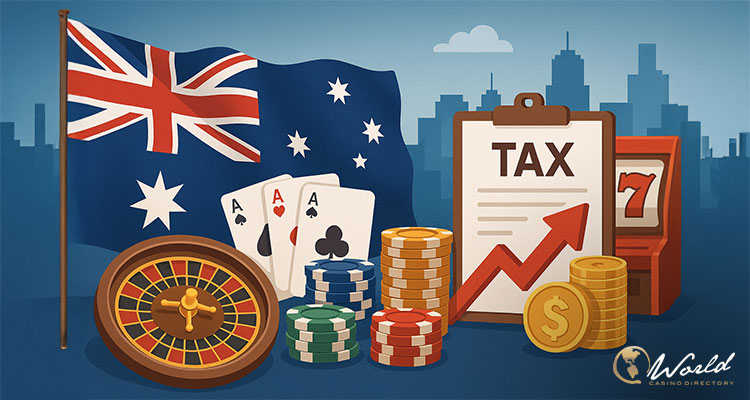State governments across Australia are reconsidering casino tax rates after industry revenues dropped sharply over the past two years. Several economic advisors now argue that lower taxes could actually boost government income while helping casinos stay competitive.
Tax Rates Under Review Across Multiple States
Current casino taxes vary dramatically between states. NSW charges up to 41.67% on electronic gaming machines, while Queensland’s rate sits at 20%. Victoria applies different rates depending on venue type and revenue brackets.
Treasury departments have noticed the revenue decline. NSW gaming tax collections fell 8% in the last financial year despite population growth. Queensland saw similar drops, particularly from venues that relied heavily on interstate visitors.
Modern casino players expect quick transactions and efficient service. Many now prefer venues that work with fast payout casinos that process withdrawals within minutes rather than the traditional 24-48 hour approval periods. Australian gamblers particularly value platforms offering instant access to winnings through cryptocurrency, PayID, and digital wallet systems.
New Ownership Brings Different Approach
Crown’s sale to Blackstone last year changed how Australia’s biggest casino group operates. The American investment firm wants consistency across markets and has questioned why Australian tax rates run so much higher than Las Vegas or Singapore.
Star Entertainment, now controlled by Bally’s, faces similar challenges. Both companies have told state governments that current tax levels make it hard to invest in upgrades or new facilities.
The ownership changes have shifted industry expectations. Global investment firms evaluate Australian casino returns against international alternatives, creating pressure for competitive tax structures. These multinational operators don’t have the same emotional attachment to local markets that previous Australian owners maintained.
Numbers Don’t Add Up for Current System
Treasury modeling in several states suggests lower tax rates might generate more revenue. When Crown Melbourne paid 31.57% tax in 2019, the government collected $187 million. After rate increases, 2024 collections hit just $162 million despite higher rates.
This pattern repeats elsewhere. South Australia cut casino taxes by 3% in 2023 and saw revenue rise 11% over the following year. The state collected more money with lower rates.
Treasurer Jim Chalmers said federal analysis supports “evidence-based tax policy that considers long-term economic impact.” He said states should examine whether current approaches deliver optimal results.
Industry executives point to international examples. Macau’s 39% casino tax generates enormous revenue because operators can still turn profits, as demonstrated by Wynn’s strong Q3 results showing $1.83 billion in revenue despite the territory’s higher tax rates. Australia’s combined state and federal rates often exceed 45% including GST.
Political Opposition Remains Strong
Not everyone supports tax cuts for casinos. Greens MP Sarah Hanson-Young called any reduction “a gift to gambling corporations at the expense of public services.”
The community organizations are concerned that reduced taxes will enhance problem gambling. Alliance for Gambling Reform Tim Costello also included that governments should aim at harm reduction, rather than revenue maximisation. In the meantime, regulators are stepping up the campaign on various fronts. The UK Gambling Commission has just finished extensive research into illegal online gambling markets as part of wider consumer protection measures.
However, some Labor MPs doubt whether the current policy achieves either goal effectively. Victorian backbencher Bill Shorten noted that casino jobs disappeared in his electorate while problem gambling rates remained unchanged. The discussion will intensify during 2025 state budget preparations, with industry and community groups lobbying both sides while treasurers must balance competing priorities against revenue targets.


